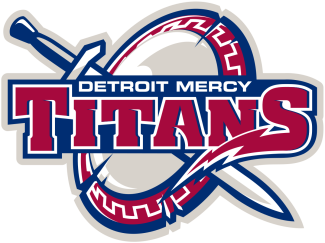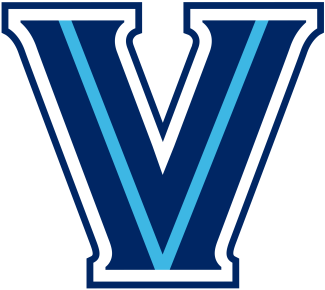This article appears in the February edition of US Lacrosse Magazine, available exclusively to US Lacrosse members. Join or renew today! Thank you for your support.
Like many offices, mine includes a host of items that, for various reasons, I’ve chosen to display because they have special meaning. It’s much more a shrine of experience than accomplishment.
Of course, there are a few items that are easily explained — small plaques from North Carolina’s 1981 and 1982 NCAA championships, a framed jersey signed by the members of the first Uganda team to compete in a world championship, pictures of my two children as infants and high school graduates.
The relevance of many other items would be less obvious. Among them a stuffed armadillo — a gift received decades ago for attending a clinic in Austin, Texas. Some might believe it to be a nostalgic reference to the infamous game between North Carolina and Washington and Lee in the spring of 1982, but it’s not.
The significance of several other items with a common theme has been renewed recently — a lithograph of the evolution of lacrosse sticks over the centuries, a drawing of a Haudenosaunee player by Oren Lyons that includes a personal note from my old friend and the wooden stick I used in middle school that still bares my name wood-burned into its shaft.
That old stick was not my first, but it was the first that was truly mine, and it’s still in pretty good shape. While learning to play with a wooden stick is something to which fewer and fewer people can relate, it’s a source of great pride given my career path, and it took on even greater meaning for me last year.
Thanks to the thoughtful counsel of Oren, Andrew Lee, Lyle Thompson and a number of other Native Americans with whom I’ve had the opportunity to speak candidly in recent months, my eyes and heart have been opened fully to the spiritual significance the sport will always have in the lives of Native American players past, present and future. I was reminded that, for many Native American players, the simple act of picking up their stick evokes emotion and a reconnection to the sport’s roots and purpose. What a remarkable example of the transformative power of lacrosse. Wouldn’t it be wonderful if every player felt such connection and responsibility?
US Lacrosse has an obligation to help ensure the sport’s Native American values remain core to the experience of every player, and I’m thankful for the opportunity to strengthen and expand relationships focused on that goal.
The sport’s origin story may be viewed as a novelty to some, but it represents the very essence of lacrosse to this day — a living history that has no end. My old stick continues to bear witness to that truth.































